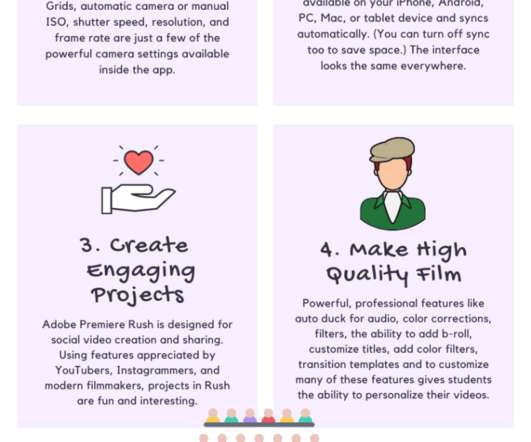The ‘Maker’ Movement: Understanding What the Research Says
Marketplace K-12
APRIL 27, 2016
The Maker Movement has its roots outside of school, in institutions such as science museums and in the informal activities that everyday people have taken part in for generations. There is growing interest in whether Maker education can help boost student learning outcomes, including test scores.





























Let's personalize your content